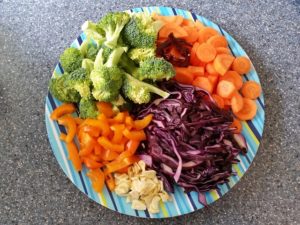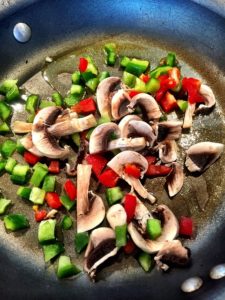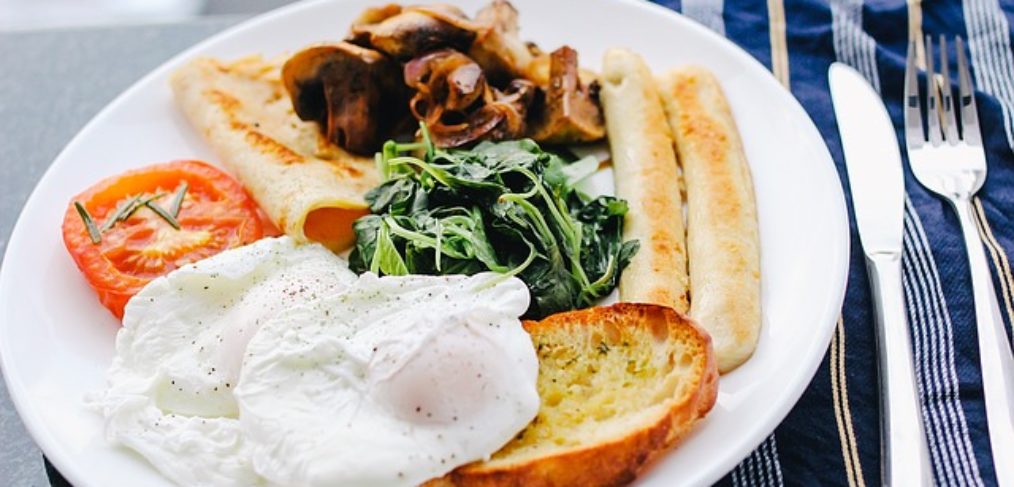Metabolic Syndrome is possibly the most dangerous health condition you will encounter. Yet, you probably haven’t even heard of it. The real tragedy is that you can reverse it with just diet and lifestyle changes. But, uninformed, you will ask your doctor for prescriptions to treat your symptoms and will never solve the root cause.
What is Metabolic Syndrome?
This deadly imbalance of your metabolism shows up as a trio of problems. First, there’s weight gain – especially around the belly. Next, you notice disturbing changes in your blood lipid profile. HDL’s begin to sink and LDL’s rise. Triglycerides climb alarmingly! Finally, your blood pressure begins to creep up. But these are just the telltale signs of Metabolic Syndrome. It is, in fact, a result of making too much insulin all the time.
Insulin is necessary. You can’t live without insulin. But when you have an excess, you store fat not burn it. Also, you make more triglycerides than you should. Your body creates smaller, denser LDL particles, which are the most treacherous kind, promoting to arterial plaque. Lastly, with higher insulin levels, your blood vessels constrict more, driving up blood pressure.
Metabolic Syndrome, called MetS, is your clue that your insulin has been elevated long enough, that your own cells are turning it away. Insulin can no longer keep blood sugars low. So your body makes even more of it in an effort to get the job done.
Why is Metabolic Syndrome Dangerous?
This cluster of abnormalities is a clear predictor of the top killers in America: stroke, heart disease, and diabetes. But because it is really a disease of insulin, it also puts you at risk for fatty liver disease, cancer, and Alzheimer’s. Less threatening perhaps, you become a candidate for obesity, infertility, PCOS, and certain autoimmune conditions, too.
You may think there’s not much harm in a little extra weight, or a blood lipid test that’s just above normal. In reality, your body is sending you a red flag that your metabolism has changed. You are like a ship with a gaping hole in the side. If you do not fix the hole, your ship will lean off balance more and more, until finally it cannot keep itself up!
Do You Have Metabolic Syndrome?
Check this list for clues to Metabolic Syndrome. A doctor will diagnose you with MetS is you have three of these signs.
- Measure your waist at the belly button and at your hips around the widest point. Your waist measurement should not be greater than your hip measurement.
- Request a cholesterol density test. You should have large, fluffy particles, not small, dense ones.
- Know your blood lipid results. Expect triglycerides less than 100 and HDL’s greater than 50.
- Calculate your the ratio of triglycerides to HDL’s. It should be less than 4.
- Order a fasting insulin test. Look for a result of 5 or below. Many online labs offer this test for less than $50.
- Check your hemoglobin A1c, which measures blood sugar over the last 6 weeks. If should be less than 5.7
Reverse Metabolic Syndrome
The first and foremost thing you have to do is prevent insulin surges. Since you produce insulin when your blood sugars rise, take these actions to keep blood sugars low:
- Eat SLOW carbs. These are plant foods that enter the blood stream slowly because they contain lots of fiber and complex starches. Steel cut oats, asparagus, and lentils are some examples. They do not contain an abundance of simple sugars, like FAST carbs. Fruit juice, table sugar, and white bread are examples of foods that raise blood sugar rapidly.
- Eat good quality protein, fibrous non-starchy vegetables,and unrefined fats with your meal. These will slow digestion and keep carbohydrates from entering the bloodstream too quickly.
- Keep your carbohydrates less than 50% of your calories. No matter how clean you eat, if your meal is predominantly carbs, you will still produce insulin.
- Practice stress-management techniques throughout the day. Stress can raise blood sugars even more than a high-carb meal. No one can avoid stress, but you can take steps to lower it.
- Make a point to get 8 hours of sleep per night. You body produces cortisol to raise blood sugars when you are tired. A poor night’s sleep and flagging energy can also instigate sugar cravings.
Of course, if you need nutrition counseling or help with nutrient deficiencies, you can work with me.















